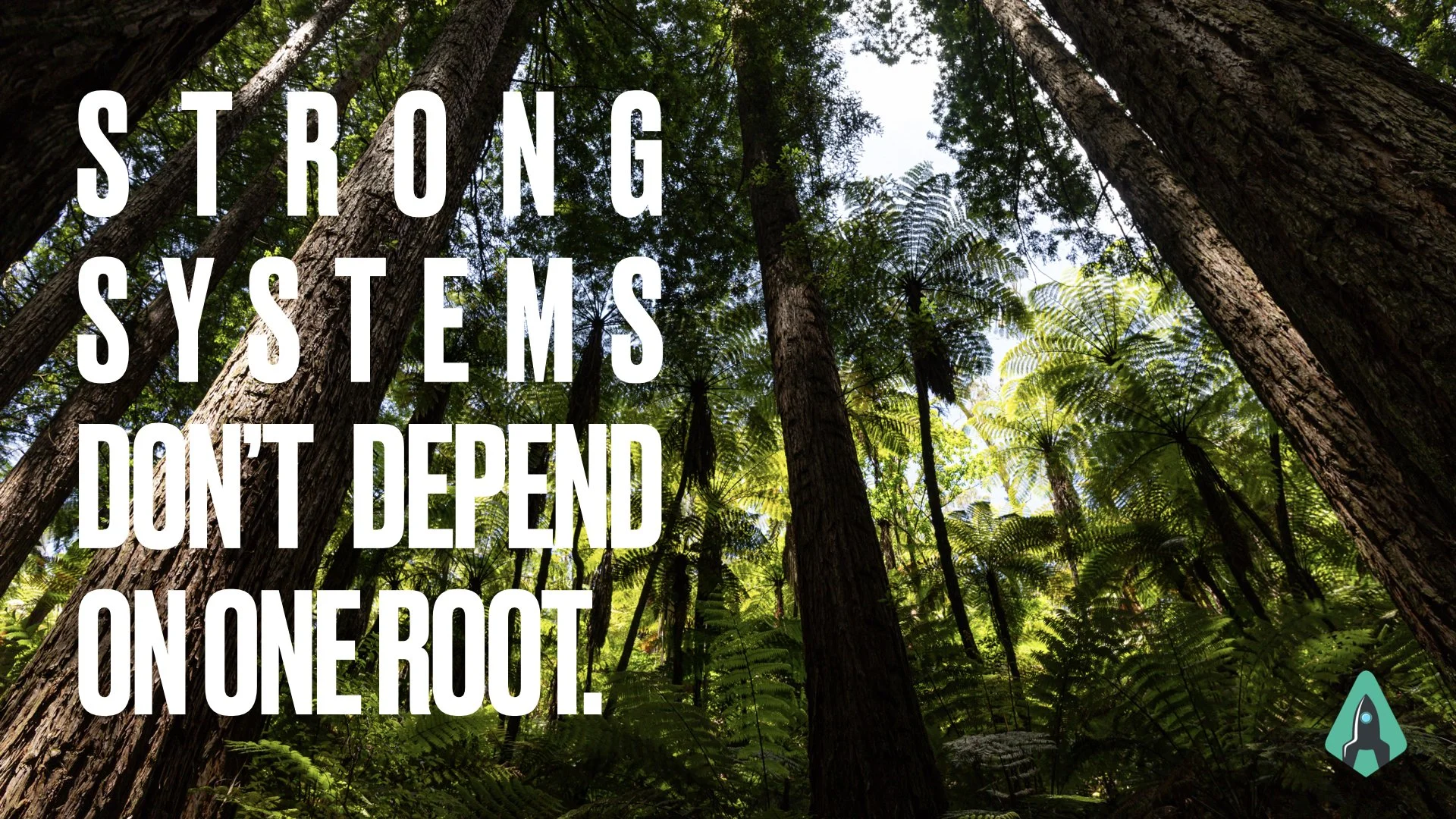Leadership Isn’t About Being Available 24/7 — It’s About Building Systems That Work Without You
We still tend to glorify the always-on leader — the one who answers messages at midnight, solves every crisis, and keeps the whole show running.
But the truth is uncomfortable: constant availability isn’t a sign of commitment. It’s a symptom.
A symptom of unclear boundaries, missing structures, and invisible expectations within the organizational system.
When every question, escalation, or approval lands on your desk, you don’t have a leadership problem — you have a system problem.
The Leadership Bottleneck
Many leadership teams unconsciously operate as if the leader were the organization’s central processor.
Every decision flows back to them — not because people can’t decide, but because the system hasn’t learned to distribute authority and trust.
The result? A culture of dependency.
Teams hesitate to decide without approval.
Leaders feel indispensable but drained.
The system rewards reactivity instead of reflection.
What looks like dedication on the surface is often a systemic loop of learned helplessness — one that quietly erodes both capacity and creativity.
Six Structural Drivers of Leadership Overload
Leadership overload rarely originates in personality; it’s usually encoded in the system’s design.
Here are six recurring patterns — and what they reveal:
1 The leader is the system.
When all roads lead to one person, the organization becomes fragile. Absence equals paralysis.
→ Cure: Create distributed decision networks — define who decides what, when, and under which conditions.
2 No digital backbone.
If critical information lives in emails, notes, or someone’s head, transparency collapses.
→ Cure: Implement shared workspaces, process documentation, and onboarding templates. A visible system builds autonomy.
3 Missing process structures.
When work runs “by feeling,” results depend on who’s in the room.
→ Cure: Standardize repeatable tasks. Think “minimum viable process” — not bureaucracy, but clarity.
4 Micromanagement disguised as support.
Control feels safe, but it breeds dependence.
→ Cure: Delegate outcomes, not tasks. Set clear goals, then step out of the way.
5 Reactive instead of systemic leadership.
Constant firefighting replaces long-term steering.
→ Cure: Install rhythms — weekly check-ins, OKR cycles, retrospectives. Predictability replaces chaos.
6 No clear focus.
When everything is urgent, nothing is important.
→ Cure: Define quarterly priorities. Revisit them often. Focus isn’t a one-time act — it’s a continuous conversation.
These are not behavioral problems. They are organizational design problems — and they require structural, not heroic, solutions.
Redesigning the Leadership System
Breaking out of the “always-on” loop means shifting from leader-centered to system-centered leadership.
That transition requires three deliberate redesigns:
1 From Dependency to Distributed Leadership
The healthiest systems share responsibility across clear roles.
Use frameworks like RACI or Sociocracy to clarify decision rights.
When everyone knows their part in the decision web, escalation stops being the default.
2 From Presence to Predictability
Replace “I’m always here” with “Here’s how and when we connect.”
Establish communication cadences — team standups, monthly reflection sessions, decision logs.
This shifts leadership from emotional reactivity to structured presence.
3 From Control to Context
The more context people have, the less control they need.
Transparency in goals, priorities, and decision rationales builds collective intelligence.
Systems thrive when leaders design meaning, not just manage activity.
Letting Go as an Act of Leadership
Letting go isn’t about disappearing.
It’s about designing clarity and connection so the system doesn’t depend on constant oversight.
Think of it like an ecosystem:
When every root, branch, and leaf plays its role, the forest thrives — even when the sun moves on.
Sustainable leadership is the same.
It’s not about being everywhere; it’s about ensuring the organization continues to breathe when you step back.
Reflection Questions for Leaders
To turn insight into action, pause and ask yourself:
What decisions in my team still depend solely on me — and why?
Where does knowledge live — in systems or in people?
What routines keep my team aligned without my intervention?
What would break if I were unavailable for a week?
The answers reveal your system’s maturity — and your leverage for change.
Final Thought
The measure of leadership is not how indispensable you are.
It’s how capable your system becomes in your absence.
Lasting leadership doesn’t mean holding everything together —
it means building the conditions where things hold together on their own.
Inspired by:
“Sechs Tipps gegen die Dauerverfügbarkeit von Führungskräften” – Haufe.de, 25.08.2025

